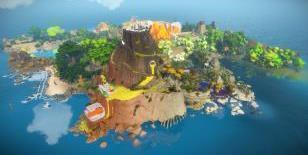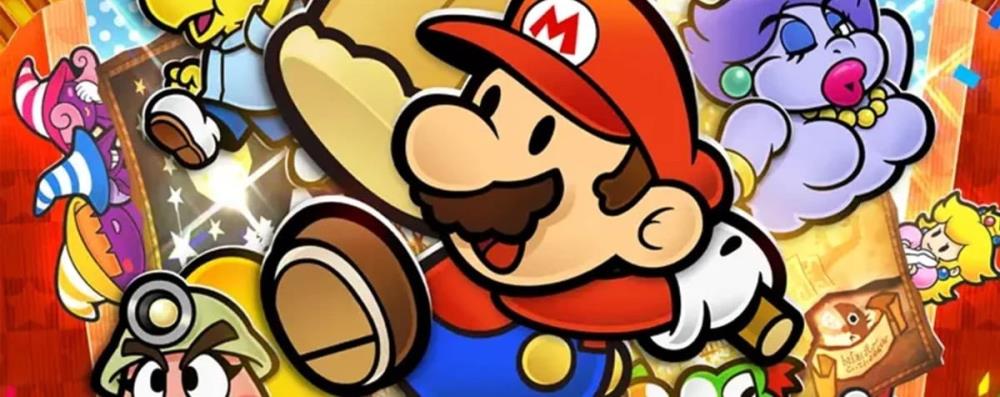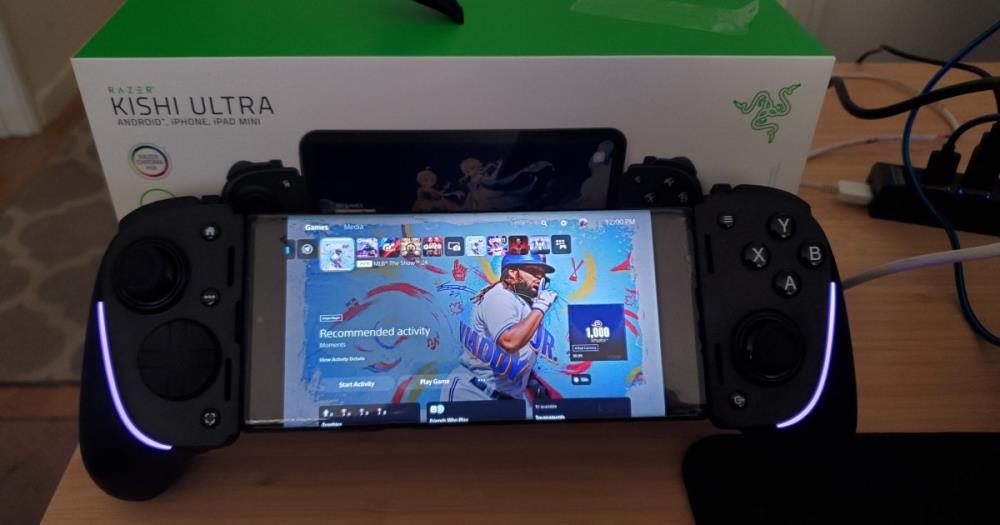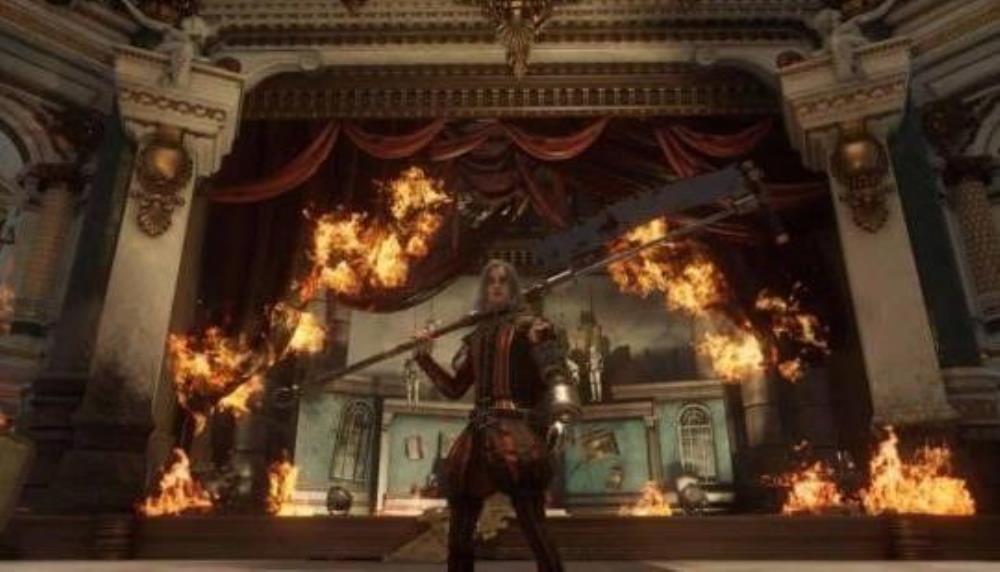
[Continued from Part 1]
4.) Operation Skull Rain—Rainbow Six: Siege
Ah yes…back to the wonderful world of playing Rainbow Six’s newest update while still dealing with Ubisoft’s continued sieging of one's wallet via DLC and micro-transactions. It can feel like a tough pill to swallow, but then the next Terrorist Hunt or 5v5 match starts and those sins just seem to melt away. If you’re one of the—super cool—few that follow my submitted stuff you’ll know I’m a huge fan of this game. And with the subsequent character upgrades and updates since Dust Line, I’m continually impressed with both the big and subtle tweaks made since.
I’d like to talk about the subtleties first to standard characters. The improved function and look of Pulse’s heartbeat sensor has seen a dramatic jump in his use and it works in solidifying the threat he poses as a roamer; in turn, his upgraded device is another reason IQ’s become a more valuable asset to the team since her electronic detector can spot it when in use. The range of Mute’s Signal Jammer, which renders any drones and breaching charges useless when in its proximity, has nearly doubled as well. It’s great because there’s no pesky need to spend all four of his devices up against a long reinforced wall. Putting all your eggs in one basket like that carries a great risk in a game like this. Now he’d only need to put up two to the previous four on a long wall. This also benefits the value of another previously-underutilized Attacker: Thatcher. Since some of the smaller objective defense areas can be completely sealed by reinforced walls and Mute devices, a Thermite-Thatcher combo is more necessary than ever in the hopes of busting open two different reinforced areas.
Even without the consideration of the new Skull Rain characters (yet), you can see all the system complexity produced with just a few tweaks to standard characters. That’s part of what makes it so fun. Ubisoft continues this tradition with new ones too. The new Defense character, named Caviera, is essentially the best roamer for the team now. Her cooldown-based Silent Step ability makes her crouch-walk whisper quiet and unheard when walking through metal detectors. What’s also afforded to her is a powerful silenced pistol. Her other special ability is interrogating a downed Attacker into compromising the rest of the still-living team’s location for a few seconds. It’s a really fascinating subversion of expectations: what was once an exclusive ability to Attackers if a Defender remained outside the building for too long can now be utilized by Defenders under specific circumstances. Another great wrinkle to Siege’s plethora of interlocking gameplay systems.
Though not as much of a game-changer as her, the new BOPE attacker, Capitão, is also another respectable entry. His gadget is a tactical crossbow carrying a two-pack of incendiary arrows and smoke arrows. The added benefit over these versus grenades is that Jager’s anti-defense system can’t stop them. Just as Caviera’s become the new ultimate roamer Capitão’s the main guy to root out people nestled away in corners.
While typing this portion up a mid-season character and equipment update launched with a plethora of new wrinkles to the system. Added stuff like impact grenades, muzzle brake gun attachment, and claymores locked to the Attacker side provided more options for players to work with. It may be surprising to think of Attackers getting some kind of a special trap but it makes sense when considering just how uneasy it may be for those going solo to push forward or utilize their second drone without worrying about their flank. On top of that, there’s been adequate character buffs to Twitch and Doc while Blackbeard got a necessary nerf. To explain in detail:
Doc: No longer is his stim gun locked to player revives. He can now heal teammates or himself for forty health points and overcharge either his or their health to one hundred and twenty health points.
Twitch: Now starts out with a shock drone during the preparation phase, giving players the chance to take out cameras early on and/or damage Defenders. Whether destroyed or not, she also has one more on hand.
Blackbeard: Switching from one god-like shield (breaking after 800 damage) to two much weaker, swappable shields (breaking after 150 damage). Considering just how frustrating he was before with it, this was necessary.
It can be frustrating to deal with Siege’s more insidious qualities from a consumerist standpoint, but the FPS gamer view reveals a development team that’s pouring their hearts in continuously making this game reach its full potential. Adding in more customization options, improved character balancing, and new characters that change the tactics of the game, and other minor gameplay tweaks bolster this game’s reputation. And when considering its post-launch financial success (9), it seems many are taking notice.
5.) The 5 Stages of Grief—In Between (Console release)
Granted, the PC release of In Between was last year. But because of how underrated I find this title to be, and it coming to PS4/XOne over the summer, I feel it ought to be brought up here. Mechanically speaking, this is a puzzle-platformer with a heavy emphasis on flipping the player’s center of gravity to up, down, left, or right. It’s akin to something like The Bridge or Terry Cavanagh’s VVVVVV. On its own, In Between…wouldn’t be best one per say. There’s some game design issues that hold it back from being among the amazing puzzle platformers; that aside, it makes up for this by emphasizing something unique with these puzzles: emphasizing a metaphor through the game’s mechanics.
Within each cluster of levels, the player-character is attempting to solve a puzzle with something else occurring in the background. For instance: one of the biggest hindrances in moving on from earlier puzzles is this ominous black fog which rides on your tail quite ruthlessly while you’re trying to complete the gravity puzzle. The game’s contextualized the first stage of grief, denial, as a means of heightening the difficulty of these puzzles. And what’s an ingenious wrinkle to this is you can halt and push back this black nothingness by facing it and running towards it.
I believe this a very surprising, bold experiment. Using a puzzle-platformer template as a means of exploring such a heavy topic is no easy task; even more difficult in finding a way to explore it through the unique qualities only this medium can offer.
6.) Puzzle Panels—The Witness (Xbox One release)
I put off purchasing this via PS4 or PC around the release timeline due to other games that’d come out. Fortunately an Xbox One release was announced right around the time I planned on writing this so that was enough impetus to try it out. I haven’t made it to the end (yet) but my experience and some of Blow’s interviews elucidate an intention I noticed early on.
The Witness is essentially a new Myst-like game: first-person puzzle game set on an island. The greatest disparity between the inspiration, similar titles in this adventure genre, and this game comes from the core conceit itself. The central gameplay component in The Witness are these 2D grid puzzle panels that must be completed to progress further on the island. One of the oldest expectancies in the adventure genre, point-n-clicks in particular, is that there’s no singular puzzle design that grows and grows more complex; instead, they’re almost always different puzzles with a unique set of internal logic behind them. But since puzzle panels are the main driving force of the gameplay here, there’s this sort of…centralization of understanding that’s made it such a time sink for me already. I only intended to burn twenty minutes upon starting it but ended up playing an hour and a half.
More than just gradual understanding of increasingly complex grids, Blow & co. present a more nuanced approach in understanding these puzzles through something in the surrounding world as well. When considering the Lucasarts-standard graphic adventure game, there’s an irrefragable understanding of how players brute-force their way through certain tasks just by clicking ‘Use’ with each inventory item until success. That’s not really the developer’s intention but this method’s come about when players can’t think of what the puzzle designer intended—oftentimes on the fault of the developers due to poor communication, nonsensical solutions, or something else.
I think that’s what’s made it surprisingly addictive so quickly: marrying a singular mechanical theme with subtle environmental communication. My brain’s already been broken by a couple of early puzzles because of their complexity, which I’m certain is also the point. Having a select few towards the beginning teases you to further learn about the surrounding environment and the internal logic of these puzzle panels. Hopefully it keeps this tempo up throughout the rest of the experience.
Conclusion:
That’s all I have for now. I hope these nifty bits I’ve detailed here may inspire you to check out some, or perhaps all, of these games when given the chance. And I hope other developers keep a close eye on these titles and how these teams, subtly or grandly, change the way we approach mechanics, storytelling, or whatever else. Here’s to the last three months of 2016 giving me ample material!
Link(s):
9. http://www.cinemablend.com/...

TSA writes: "It wouldn't be a classic Mario game if he didn't blindly follow the instructions of a letter or invitation. We play this Paper Mario remake."
They really put a lot of effort into making this a full on proper remake/remaster. So much more little details that one would have missed when playing the original GC version.

PSLS writes: I have traveled across the country using the Razer Kishi Ultra in airports and hotels for both PlayStation Remote Play and mobile gaming in general, and I am thoroughly impressed.

Stellar Blade might be the hot game right now, but we already got a better version of it more than half a year ago.
Stellar blade is currently higher than lies of p on metacritic with 40 more reviews. No shade on Lies of P but just pointing that out.
But i don't even know why compare them? Because both are souls type games?
Then you can just reuse this article all the time and say Elden Ring is "whatever new souls game" but good for every new souls game.
Stellar blade hate articles must be rolling with clicks...
I mean… it’s like saying we have a better NieR with Devil May Cry. Yea, there’s some similarities, but Lies is really hardcore in the sense of emulating a FromSoft game almost perfectly, where Stellar has some Souls-like elements, but I’d say it’s closer to Sekiro than say a Dark Souls game. This almost feels click-baitey
Oh geez...this is why journos suck...they can't even see differences between games.
Stellar blade is nothing like lies of P. Didn't these guys give stellar a bad score? Geez they really hate it. Stop the hate! Lol
I hope everyone enjoy this two-part blog. Feel free to leave any comments and/or questions below. Are there any you can think of that I've left out? What games released between June 1st-September 30th (with caveats listed in Part 1) can you think of that had nifty bits of design? I haven't played all of them so I hope to see some other ones. :D